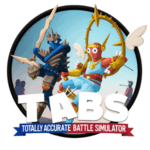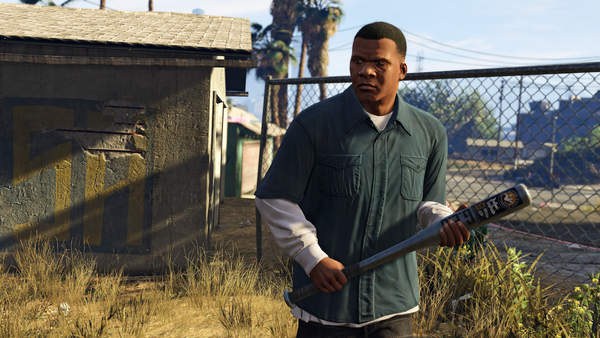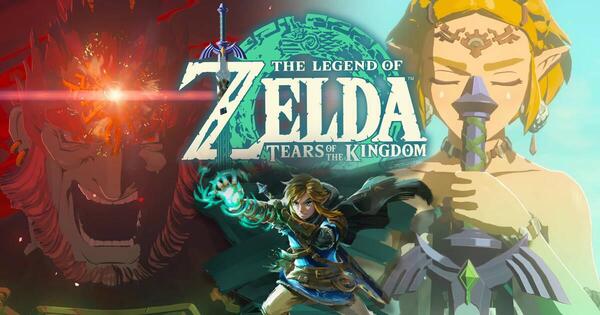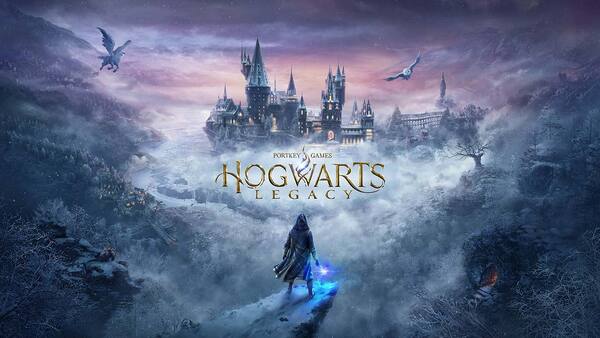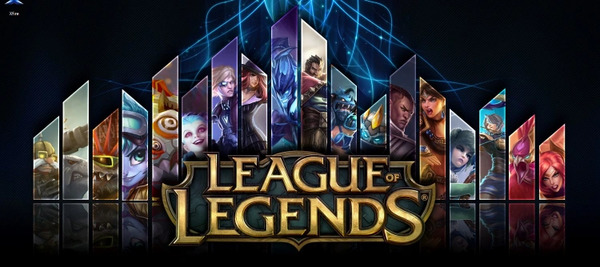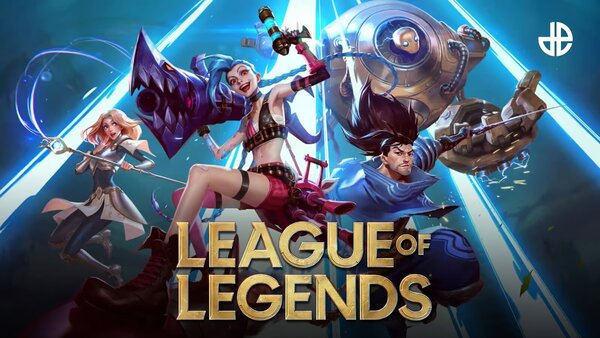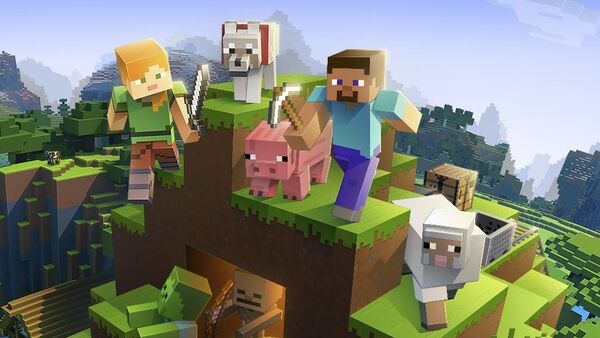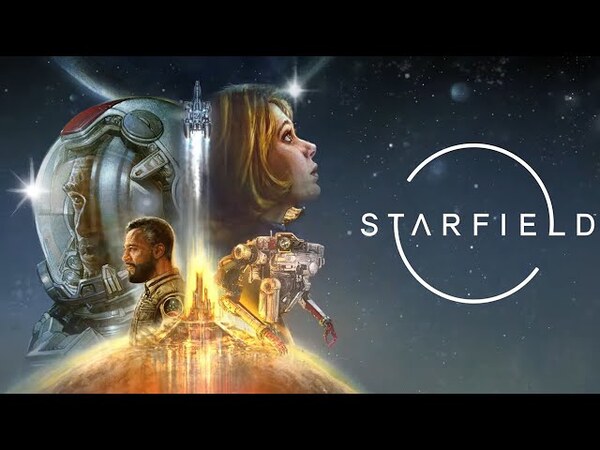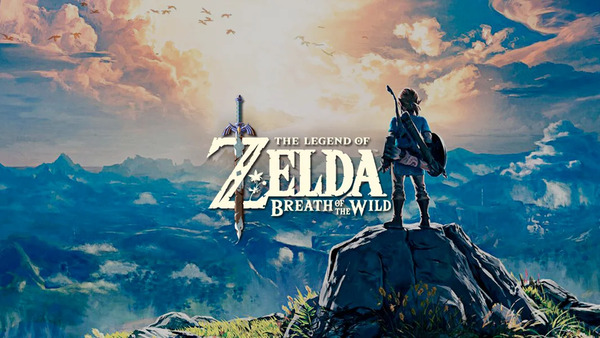Poppy Playtime is a horror puzzle game that exploded in popularity upon its release thanks to its creepy atmosphere, inventive mechanics, and the iconic character design of Huggy Wuggy. Developed by MOB Games and released in 2021, the game combines exploration, survival, and puzzle-solving in an abandoned toy factory where something has gone horribly wrong. With inspiration from titles like Five Nights at Freddy’s and Portal, Poppy Playtime carves its own identity through suspenseful storytelling, immersive design, and unpredictable tension. What started as a single-chapter release on PC has since grown into a full episodic series, a franchise of toys and merchandise, and one of the most talked-about indie horror games in recent years.
At the heart of Poppy Playtime’s appeal is its blend of childlike nostalgia and nightmare-fueled horror. By turning toys into threats and playgrounds into mazes of fear, the game taps into a unique kind of unease. The mystery of the Playtime Co. facility, its vanished employees, and the sentient toys make the narrative rich and disturbing. This article dives into the development, gameplay, cultural impact, and future of Poppy Playtime, exploring why it continues to capture the imaginations of horror fans worldwide.
1. The Origins of Poppy Playtime and Indie Horror’s Rise
Poppy Playtime was developed by MOB Games, a small indie team that wanted to make a memorable horror experience built around creative puzzles and rich storytelling. The first chapter was released on Steam in October 2021 and quickly became a viral hit thanks to YouTubers and streamers who showcased their jump-scare reactions and explored its deep lore. The timing was perfect, as fans of indie horror were eager for something new and uniquely creepy. The concept of an abandoned toy factory filled with sentient, murderous toys proved both novel and terrifying.
The indie horror space had already been revitalized by games like Five Nights at Freddy’s and Bendy and the Ink Machine, which showed how minimal budgets could still produce massive scares and strong narratives. Poppy Playtime followed in this tradition but added new elements like first-person puzzle-solving, cinematic storytelling, and the instantly iconic antagonist Huggy Wuggy. Its success proved that small developers could still dominate the horror genre through clever design and viral storytelling.
Rating: 4.8 out of 5 for concept execution and market impact
2. The Setting: Playtime Co. and Environmental Storytelling
The game’s primary location, Playtime Co., is an abandoned toy factory that once produced dolls, plush toys, and robotics for children. The facility is filled with decaying machinery, blood-stained playrooms, eerie posters, and old VHS tapes that slowly reveal the twisted backstory. From the start, the environment tells a story of innocence lost. The colorful yet decayed setting feels alive, with every corridor suggesting something went horribly wrong.
Environmental storytelling is a core strength of Poppy Playtime. Rather than relying solely on exposition or cutscenes, the game uses graffiti, damaged toys, locked doors, and collectible tapes to build its lore. This method allows players to piece together the dark history at their own pace, which increases immersion and tension. The factory is both a puzzle and a monster, where even the childlike decorations can feel oppressive and threatening.
Rating: 4.9 out of 5 for immersive worldbuilding
3. Gameplay Mechanics and the GrabPack Innovation
The signature gameplay mechanic in Poppy Playtime is the GrabPack, a backpack device equipped with two extendable arms that can grab objects, connect circuits, and interact with the environment. This tool introduces puzzle-solving elements inspired by games like Portal, giving players the ability to manipulate the world in creative ways. From powering doors to swinging across gaps, the GrabPack is as essential to survival as it is to exploration.
This mechanic adds physicality to the gameplay. Players are constantly stretching, grabbing, and connecting wires to progress through the factory. The puzzles are cleverly designed to escalate in difficulty without becoming overwhelming. While the horror atmosphere remains central, the gameplay never feels passive. The GrabPack makes players feel like active problem-solvers rather than mere observers running from danger.
Rating: 4.7 out of 5 for innovation in puzzle design
4. Huggy Wuggy and the Rise of Iconic Indie Horror Villains
Perhaps the most memorable element of Poppy Playtime is Huggy Wuggy, a towering blue plush creature with razor-sharp teeth and bulging eyes. At first introduced as a friendly mascot, Huggy quickly reveals himself to be a terrifying stalker who hunts the player through tight corridors and dark maintenance shafts. His sudden appearances, eerie movements, and twisted smile have made him a favorite among fans and content creators.
Huggy Wuggy is not just a monster—he’s a brand. Within weeks of the game’s release, his image was everywhere, from memes to merchandise. He taps into the same primal fear as clowns or dolls—things meant to be cute that turn deadly. His design, behavior, and the atmosphere around him make every encounter memorable. Later chapters introduced other villains like Mommy Long Legs, expanding the roster of creepy antagonists and building a rogues’ gallery of haunted toys.
Rating: 5.0 out of 5 for character design and horror presence
5. Lore, Mystery, and Theories That Fuel the Community
Much of Poppy Playtime’s storytelling is left open-ended, allowing players to speculate about what happened at Playtime Co., who created the toys, and why they became sentient killers. The game offers fragments through audio logs, notes, and visual clues, but never reveals the full picture. This vagueness has led to a thriving theory culture where fans piece together timelines, motives, and hidden symbolism.
The lore is deep enough to suggest scientific experiments, lost employees, AI gone rogue, and twisted corporate greed. Similar to Five Nights at Freddy’s, this fragmented narrative design encourages replayability and content creation. YouTube is full of videos analyzing clues, decoding secrets, and building elaborate theories. This aspect of mystery keeps the community engaged between chapter releases and turns casual players into dedicated fans.
Rating: 4.8 out of 5 for mystery and replay depth
6. Sound Design, Visuals, and Atmosphere
Atmosphere is everything in Poppy Playtime, and the game nails it through sound and visuals. The eerie creaks of the factory, the distant laughter of toys, the hum of electrical equipment, and the sudden loud footsteps of Huggy Wuggy all combine to create a tense audio experience. Silence is used effectively, making players paranoid as they wait for the next scare.
Visually, the game uses contrast masterfully. Brightly colored toys and cartoon art clash with bloodstains, broken furniture, and darkness. The lighting plays a huge role in shaping the player’s mood, and the first-person perspective makes every hallway feel claustrophobic. The minimalist user interface and slow pacing increase the feeling of helplessness and dread, giving the game a cinematic quality.
Rating: 4.9 out of 5 for sensory immersion
7. Chapter Releases and Episodic Storytelling
Rather than releasing as a full-length game, Poppy Playtime is structured as an episodic series. Chapter One introduced the factory and Huggy Wuggy. Chapter Two expanded the world with new areas, new villains like Mommy Long Legs, and more complex puzzles. Each chapter adds to the story while deepening the lore and gameplay mechanics.
This approach builds anticipation and keeps the community engaged over time. However, it also brings challenges. Gaps between releases can feel long, and each chapter’s length is relatively short. Still, the episodic structure has worked well for horror games in the past, and MOB Games has committed to polishing each release with new features, quality-of-life improvements, and expanded lore.
Rating: 4.4 out of 5 for format and release strategy
8. Merchandising, Virality, and Youth Appeal
Poppy Playtime’s success isn’t limited to gaming circles. Its characters, especially Huggy Wuggy and Mommy Long Legs, have become popular in toys, clothing, and school supplies. Children, despite the horror tone, are drawn to the colorful characters, which has caused some controversy regarding age-appropriate marketing. Regardless, the franchise has reached an audience far wider than most indie games.
The game’s design lends itself well to viral content. Memes, short videos, TikToks, and YouTube animations have taken over social platforms. This visibility has elevated Poppy Playtime to the status of modern horror icons. While some parents and educators express concern over the content’s tone versus its young audience, there is no denying the franchise’s grip on pop culture.
Rating: 4.6 out of 5 for brand expansion and audience engagement
9. Criticism, Controversy, and Monetization Models
Despite its success, Poppy Playtime has not escaped criticism. The shift to paid content between chapters frustrated some fans who expected the series to remain free after the first installment. Additionally, concerns about marketing toward children and the horror content itself have sparked debates among parents and media experts.
Some fans also point to bugs, short playtimes, or pacing issues as areas for improvement. MOB Games has generally responded with patches and updates, but the game’s rapid success brought increased scrutiny. The monetization model, while standard for episodic indie games, left room for better communication and clearer pricing expectations.
Rating: 4.1 out of 5 for controversy and content balance
10. The Future of Poppy Playtime and Its Place in Horror Gaming
Poppy Playtime is poised to become a long-term franchise. With new chapters, spin-offs, and potential media adaptations in the works, the brand shows no signs of slowing down. The developers are expanding the game’s universe, introducing new characters and locations while refining the core mechanics. As horror gaming continues to evolve, Poppy Playtime is at the forefront of a new generation of scare-driven storytelling.
Its ability to blend horror, puzzles, and emotional storytelling sets it apart from both indie and mainstream titles. By balancing suspense, nostalgia, and mystery, Poppy Playtime appeals to a wide range of players. Whether you’re solving puzzles in the dark or running from a demonic toy, the game offers a unique thrill that keeps fans coming back.
Rating: 4.8 out of 5 for long-term franchise potential
Conclusion: Poppy Playtime as a Modern Horror Classic in the Making
Poppy Playtime is a masterclass in indie horror storytelling. With its blend of creative mechanics, unforgettable villains, immersive environments, and deep lore, it offers a unique experience that stands out in a crowded genre. While short chapters and some controversies have drawn criticism, the overall execution, atmosphere, and emotional impact of the game cannot be denied.
It delivers both scares and satisfaction, appealing to puzzle lovers, lore seekers, and horror fans alike. Poppy Playtime doesn’t just want to make you scream—it wants to make you curious, excited, and emotionally involved in its world. It succeeds in doing all three.
Final Overall Rating: 4.8 out of 5
Poppy Playtime is not just a game. It’s an experience—a twisted toy story that dares you to play and survive.

